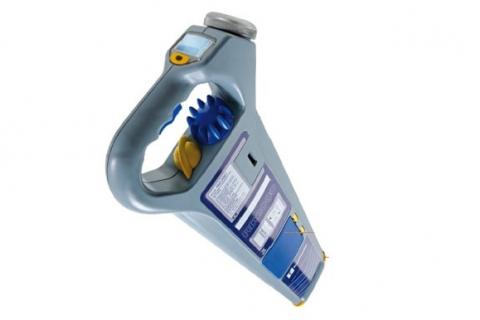
RD2000 SuperCAT
Discontinued Products
Locate and protect underground assets
Safe excavation relies on the accurate locating of buried assets. Failure to accurately identify the presence of utilities may result in damage to underground pipes and cables which, in turn, can lead to utility outages, costly repairs and project delays. In some instances personal injuries can result.
Detect more, reduce utility strikes
Each model of the SuperCAT and T1 range is designed to meet the challenges faced by a specific industry.
For oil and gas pipes using a Cathodic Protection System, the CPS model can locate the rectified signal without attaching an additional transmitter.
The S model locates a range of sonde frequencies that can be matched to the challenges of finding water and drain pipes. A lower frequency sonde is useful to trace deep cast-iron pipes. Higher frequency sondes can be easier to distinguish in an electronically noisy urban environment.
SuperCAT can be used to locate a comprehensive set of active frequencies to support the detection and tracing of different cable types in varied environmental conditions. Higher frequencies such as the 131kHz or 65kHz can be used to find well insulated utilities such as twisted-pair telecom cables or insulated pipe joints. For long range locating of lower resistance cables such as power lines, lower frequency options are available.
- Improved locate quality – Improved precision pinpointing of buried services and exceptionally fast sound and meter response.
- Increased usability in electrically noisy environments
- Multiple active frequencies – The ability to locate the widest of cables and pipes with the addition of higher frequencies of 65kHz and 131kHz.
- StrikeAlert™ – Alerts the user to shallow power cables by flashing an alert icon and making a distinctive sound. We have make it switchable in accordance to customer wishes.
- User backup – User settings are stored each time the unit is switched off whether deliberately or accidently.
- Calibration date ID – To allow the user to know when the SuperCAT should be serviced, the last calibration date can be displayed.
- Passive location – Provides a sweep for buried cables and pipes, detecting Radio and Power frequencies.
